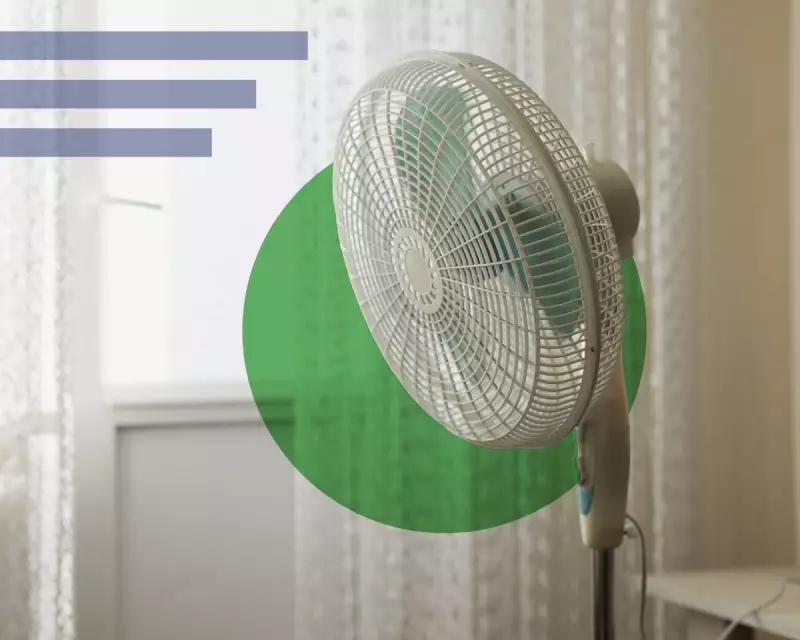
As summer temperatures climb across the UK, households are seeking effective ways to stay cool without facing astronomical energy bills. The solution might be simpler than you think: adopting a fan-first approach to home cooling.
The Power of Fan-First Cooling
Fan-first cooling represents a strategic method for maintaining comfort while significantly reducing energy consumption. This approach involves relying primarily on electric fans for cooling, reserving air conditioning units exclusively for the hottest days and heatwave conditions.
The energy savings potential is substantial. Electric fans consume as little as 3% of the energy used by air conditioning systems, making them an economically and environmentally smart choice for British households conscious of both their carbon footprint and rising energy costs.
Global Impact and Health Considerations
A recent United Nations Environment Programme report reveals that sustainable cooling practices, including maximising fan use and improving energy efficiency, could slash global emissions by an impressive 64% by 2050.
However, health considerations remain paramount during extreme heat. Research indicates that heat-related deaths have reached nearly 500,000 annually worldwide, with vulnerable groups including elderly residents, young children, and people with cardiovascular conditions facing the highest risks.
Jenny Edwards, director and scientist at Light House ArchiScience, explains the comfort benefits: "A fan on high speed can make the perceived temperature 4°C cooler. The type of cool feeling from a ceiling fan is different, and many would describe as gentler and nicer, than the direct blast of cold air from an air conditioner."
When to Make the Switch to Air Conditioning
Understanding when to transition from fan cooling to air conditioning is crucial for both comfort and safety. Electric fans generally provide adequate cooling up to approximately 27°C, though personal preference and home insulation quality may influence this threshold.
For temperatures reaching up to 37°C, fans can be safely used alongside other cooling measures such as closing blinds, sealing windows, and keeping skin moist. Beyond this point, alternative strategies become necessary, including switching solely to air conditioning or visiting air-conditioned public spaces like libraries or shopping centres.
Tim Forcey, author of My Efficient Electric Home Handbook, emphasises balanced usage: "Use fans first to try to keep cool. But don't be stingy with air-con usage if you need it – we still have 78-year-olds in Australia prematurely dying from heat morbidity."
Recognising heat-related illness symptoms is essential during summer months. Watch for signs of heat exhaustion including cool, clammy skin, excessive sweating, headache, muscle cramps and dizziness. Heatstroke represents a medical emergency characterised by very high body temperature, rapid breathing or pulse, and confusion or slurred speech.
Maximising Your Cooling Strategy
Successful summer cooling involves combining multiple approaches. Edwards notes that "if you use fans first, and then continue to use them in combo with your AC, you'll find you are much less reliant on it and can set the AC at a higher temp. Many of our clients find they only need AC during genuine heatwaves with consecutive days over 40°C."
Additional effective strategies include:
- Closing blinds and curtains during peak sunlight hours
- Using reflective window films
- Ensuring proper home insulation
- Staying adequately hydrated
- Pre-cooling homes during off-peak electricity hours when available
As UK summers continue warming, rediscovering traditional cooling methods while strategically using modern technology offers households the optimal balance of comfort, affordability and environmental responsibility.





